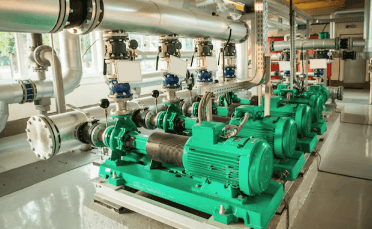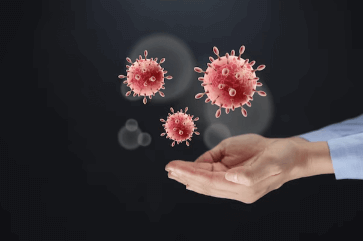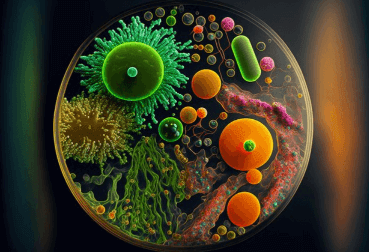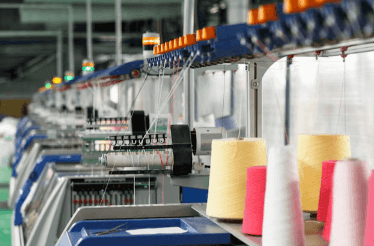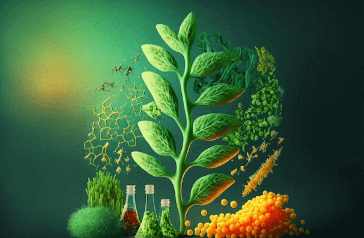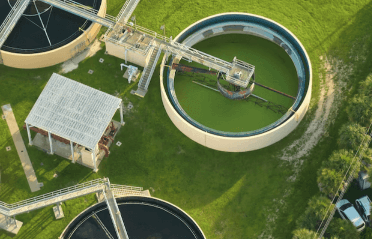Question
a.
rate of addition + rate of removal - rate of formation = 0
b.
rate of addition - rate of removal + rate of formation = 0
c.
rate of addition + rate of removal + rate of formation = 0
d.
none of the above
Posted under Biochemical Engineering
Interact with the Community - Share Your Thoughts
Uncertain About the Answer? Seek Clarification Here.
Understand the Explanation? Include it Here.
Q. In the steady state the material balance equation for any component of a system is
Similar Questions
Explore Relevant Multiple Choice Questions (MCQs)
Q. For an enzyme that displays Michaelis-Menten kinetics, the reaction velocity (as a fraction of Vmax) observed at [S] = 2 KM will be
View solution
Q. Predominantly uncompetitive inhibition may be called when
View solution
Q. An enzyme has a Km of 4.7 x 10¯⁵M. If the Vmax of the preparation is 22m moles liter¹ min¹, what velocity would be observed in the presence of 2.0 x 10¯⁴M substrate and 5.0 x 10¯⁵M of a competitive inhibitor?
View solution
Q. The rate equation in non-competitive inhibition based on Michaelis Menten equation is given by
View solution
Q. Which of the following statement(s) regarding enzymes, is/are false?
View solution
Q. When [S] = 0.1 *KM, the velocity of an enzyme catalyzed reaction is about:
View solution
Q. A type of enthalpy cycle which is used to calculate lattice energy is
View solution
Q. The lattice energy is inversely proportional to the sum of the radii of the
View solution
Q. The pH of the buffer solution depends upon the concentration of
View solution
Q. PH can be kept constant with the help of
View solution
Q. The buffers present in the blood contain
View solution
Q. The enzyme (carbonic anhydrase) is used in
View solution
Q. One of the best catalysts which increase the rate of reaction by million times is
View solution
Q. In a human body, the pH of blood is maintained between
View solution
Q. Rainwater has pH in unpolluted regions of
View solution
Q. If a solution on addition of small amounts of acids or bases doesn't change significantly and maintains its ph, this type of solution is called a/an
View solution
Q. Carbon dioxide in rainwater form dilute solution of a weak acid
View solution
Q. CH₃COOH is a weak acid and unionized form of
View solution
Q. An aqueous mixture of sodium ethanoate is a buffer solution in
View solution
Q. Excessive addition of acid or alkalis cannot be handled by
View solution
Recommended Subjects
Are you eager to expand your knowledge beyond Biochemical Engineering? We've handpicked a range of related categories that you might find intriguing.
Click on the categories below to discover a wealth of MCQs and enrich your understanding of various subjects. Happy exploring!
